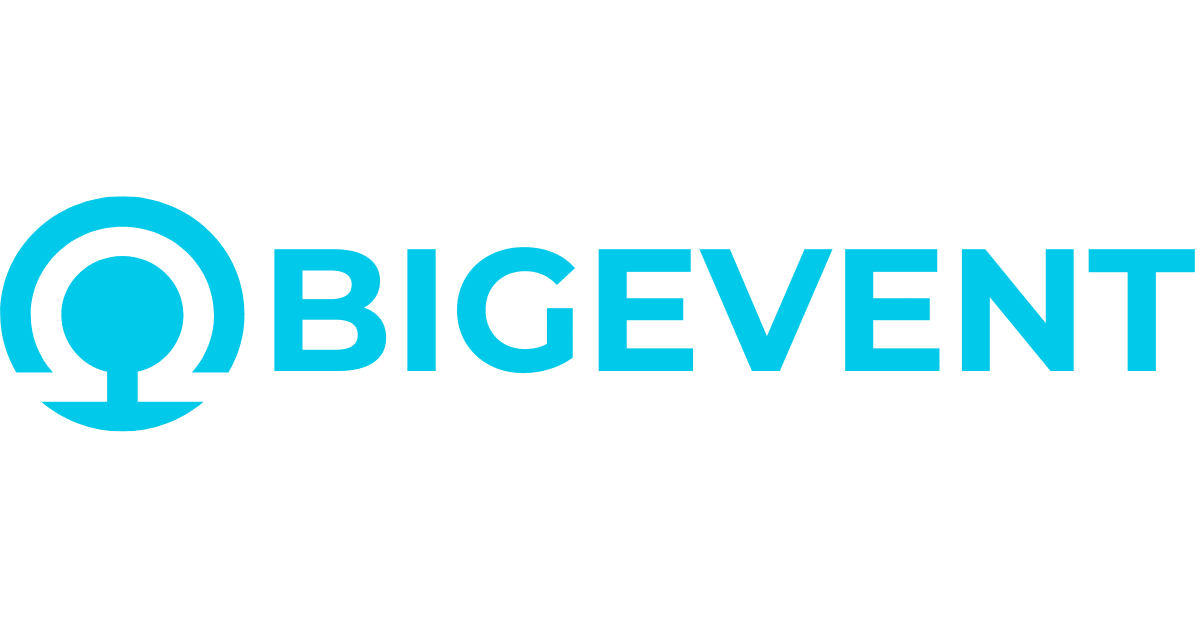essential features and level of inquiry of the activities in the grade 9 science learner's material
This research, utilizing a document analysis-descriptive method, aimed to determine the presence and level of scientific inquiry in the Grade 9 Science learner's material across four domains: Biology, Chemistry, Earth Science, and Physics. The material was analyzed through a five-phase data analysis and a researcher-made rubric, which a panel of experts validated. The results indicated that most of the analyzed science activities include the five essential inquiry features, with feature 1 (engaging learners in scientifically oriented questions) and feature 2 (making learners give priority to evidence in responding to questions) being the most prevalent. However, the mean level of these five features falls under category level 2, indicating a slight amount of student self-direction present. This result suggests that the activities in the Grade 9 Science learner's material could be more extensive in providing learners with opportunities to develop their inquiry skills. As such, this study offers important implications for educational administrators and policy-makers in preparing and using science education content.
Keywords: learner's material, science textbook, inquiry learning, science education, science content, document analysis
References:
Asay, L.D. & Orgill, M. (2009). Analysis of essential features of inquiry found in articles published in the Science Teacher, 1998-2007. Journal of Science Teacher Education, 21. Retrieved from http://books.google.com.ph Retrieved date: January 21, 2017
Faustino, J. B., et.al. (2013). Analyzing the textbooks used for public kindergarten classrooms in the Philippines. Harris Journal of Education, 1. Retrieved from http://harris.edu.ph.pdf Retrieved date: January 21, 2017
Krippendorff, K. (2004). Content analysis: An introduction to its methodology (2nd. Ed.) Thousand Oaks, CA: Sage Publications. Retrieved from http://ocac.cl.pdf Retrieved date: January 21, 2017
Lewis, R.A. (2012). A content analysis of inquiry in third grade science textbooks. Retrieved from http://scholarsarchive.byu.edu Retrieved date: January 21, 2017
Lolinco, J.L. (1994). Unpublished dissertation. Textbook content analyses of science and technology II: Basis for in-service training program development. Mariano Marcos State University-Graduate School.
Rillero, P. (2010). The rise and fall of science education: A content analysis of science in elementary and reading textbooks of the 19th century. School Science and Mathematics, 110. Retrieved from: http://onlinelibrary.wiley.com doi: 10.1111/j.1949- 8594.2010.00034.x Retrieved date: January 21, 2017
Ogan-Bekiroglu, F. (2007). To what degree do the currently used physics textbooks meet the expectations? Journal of Science Teacher Education, 18. Retrieved from http://springer.com doi: 10.1007/s1097-007-9045-8 Retrieved date: April 17, 2017
Roseman, J.E., Kulon, G., & Shutteworth, J. (2001). Putting textbooks to the test. ENC Focus, 8. Retrieved from: http://project2061.org Retrieved date: January 21, 2017
Smolleck, L.D. & Hills, A. (2007). The development and validation of a rubric for assessing the teaching of science as inquiry. Pennsylvania Teacher Educator. Retrieved from http://books.google.com.ph Retrieved date: January 21, 2017
 The Future of Education
The Future of Education





























